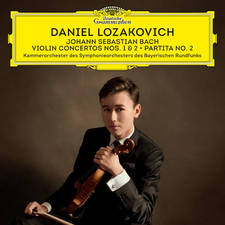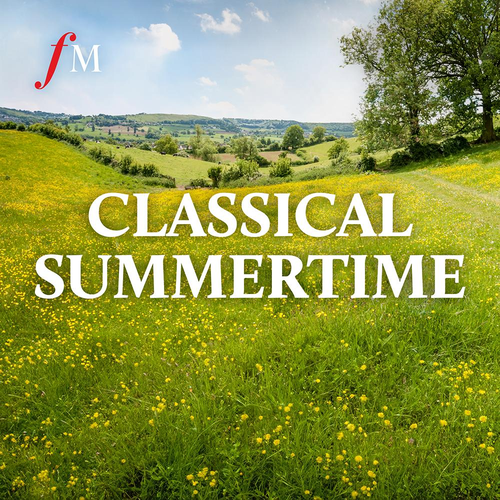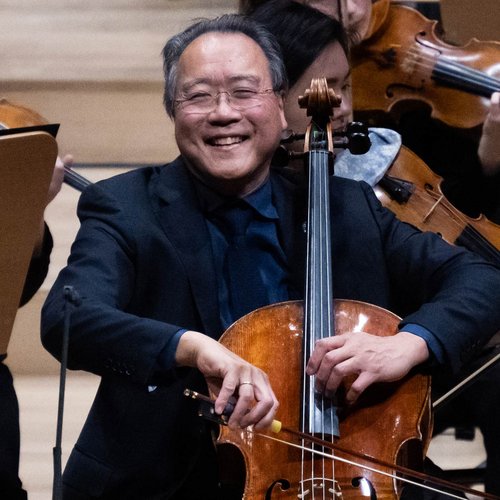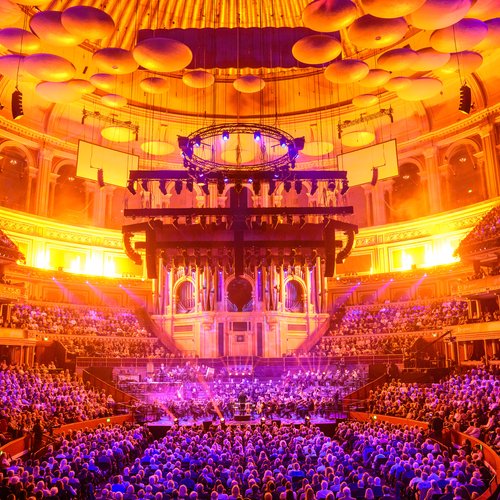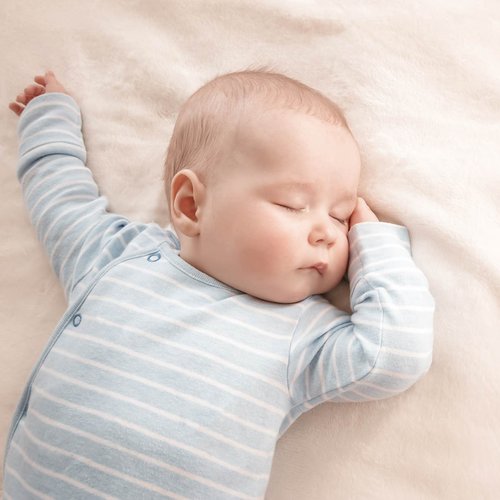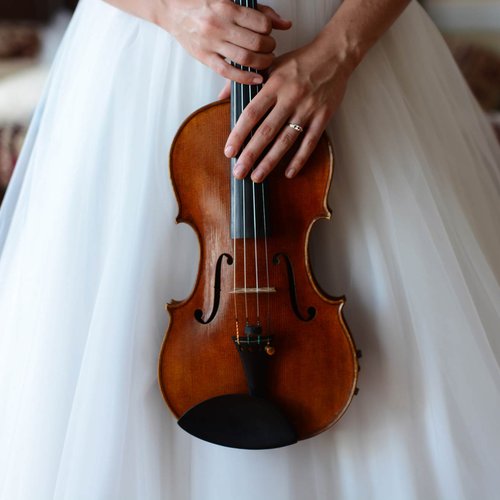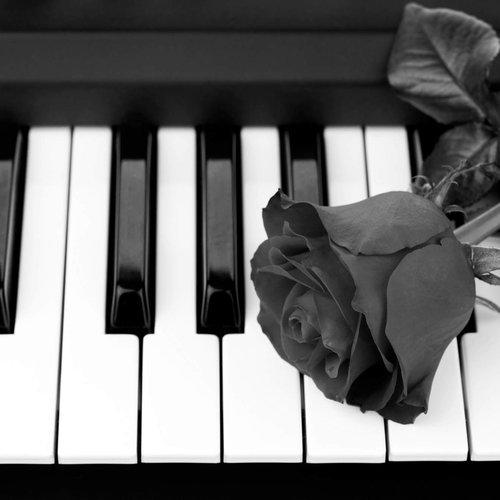Which monarchs are buried at St George’s Chapel Windsor, and who lies in the memorial chapel?
16 September 2022, 14:13 | Updated: 5 February 2024, 17:23
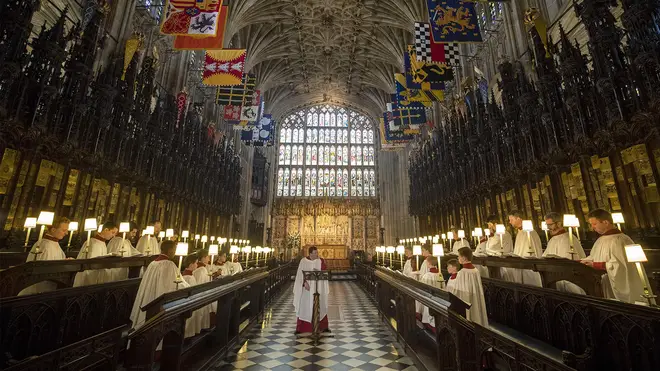
Queen Elizabeth II will be laid to rest in the King George VI Memorial Chapel, an annex of St George’s Chapel at Windsor. Here’s all you need to know about the historic building.
The exquisite St George’s Chapel at Windsor Castle is shaped by the British Monarchy, its hallowed walls radiating royal history and tradition.
Since the 19th century, it has been the chosen burial place for the Royal Family and has hosted manifold nuptials, including the wedding of Harry and Meghan, the Duke and Duchess of Sussex, in 2018.
Before that, from the 15th century, monarchs and their consorts were rarely interred at the castle, Westminster Abbey being the preferred royal resting place.
As we now hear that Her Majesty Queen Elizabeth II will be laid to rest at the Chapel, here’s all you need to know about the Grade I listed building.
Read more: Duke of Edinburgh funeral: all the music and hymns sung at St George’s Chapel

Prince Philip: The Duke of Edinburgh Dies Aged 99
What’s the history of St George’s Chapel?
The spectacular late-medieval chapel took over 50 years to construct, dating from 1475 under Edward IV’s reign, to Henry VIII’s rule in 1528.
Today, it is considered one of the finest examples of the Perpendicular Gothic style in the country.
The chapel holds a great deal of royal history and tradition, both public and private. Situated within the walls of Windsor Castle, where Queen Elizabeth II and Prince Philip lived together, it has acted as a place of worship for Her Majesty and the Royal Family, and has hosted numerous royal weddings and memorials.
It is where The Duke of Edinburgh’s funeral, a private service for family and friends, was held, before he was laid to rest in the Royal Vault.
Following the death of Queen Elizabeth II, the Duke of Edinburgh will be transferred to King George VI Memorial Chapel, to lie beside his wife of over 73 years.

Thomas Tallis ‘If Ye Love Me’, performed by The Queen's Six
Who has been married at St George’s Chapel?
From the reign of Queen Victoria onwards, many Royal couples have said their vows at St George’s, Windsor, including Princess Eugenie and Jack Brooksbank in October 2019, and Prince Edward, Earl of Wessex, and Sophie Rhys-Jones in 1999.
Perhaps most famously, it was the wedding venue for The Duke and Duchess of Sussex, Harry and Meghan, in May 2018.
The Gothic chapel has a capacity of 800, compared to 2,000 in Westminster Abbey, making it a popular choice for smaller-scale Royal weddings.
Can you visit St George’s Chapel Windsor?
St George’s Chapel, Windsor Castle is open for visitors, but it is worth bearing in mind it is also a church for the local community.
Worshippers are welcome to attend any of the three services a day which take place in the chapel, and on Sundays the Chapel is closed to visitors but welcome to worshippers.

How many monarchs are buried at St George’s Chapel?
St George’s Chapel is the site of many royal interments, including ten former monarchs.
Five, including Henry VIII and Charles I, are buried beneath the Choir, along with Henry VIII’s third wife, Jane Seymour.
Read more: Katherine Parr, Henry VIII’s last wife, wrote the words to this newly discovered piece of music
Who is buried in the Royal Vault of St George’s Chapel?
The Royal Vault at Windsor was constructed between 1804 and 1810 for George III, who died in 1820. He is one of three former Kings of the United Kingdom buried there, alongside George IV and Williams IV.
After his memorial in 2021, the Duke of Edinburgh, was laid to rest in the Royal Vault. He will now be moved to the King George VI Memorial Chapel, following the death of Her Majesty Queen Elizabeth II.
